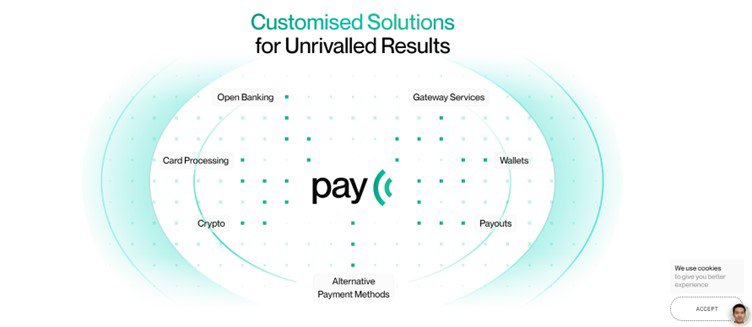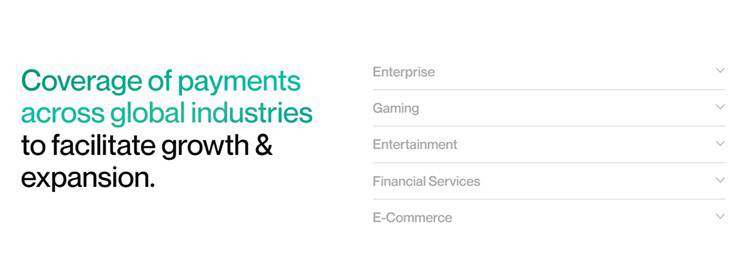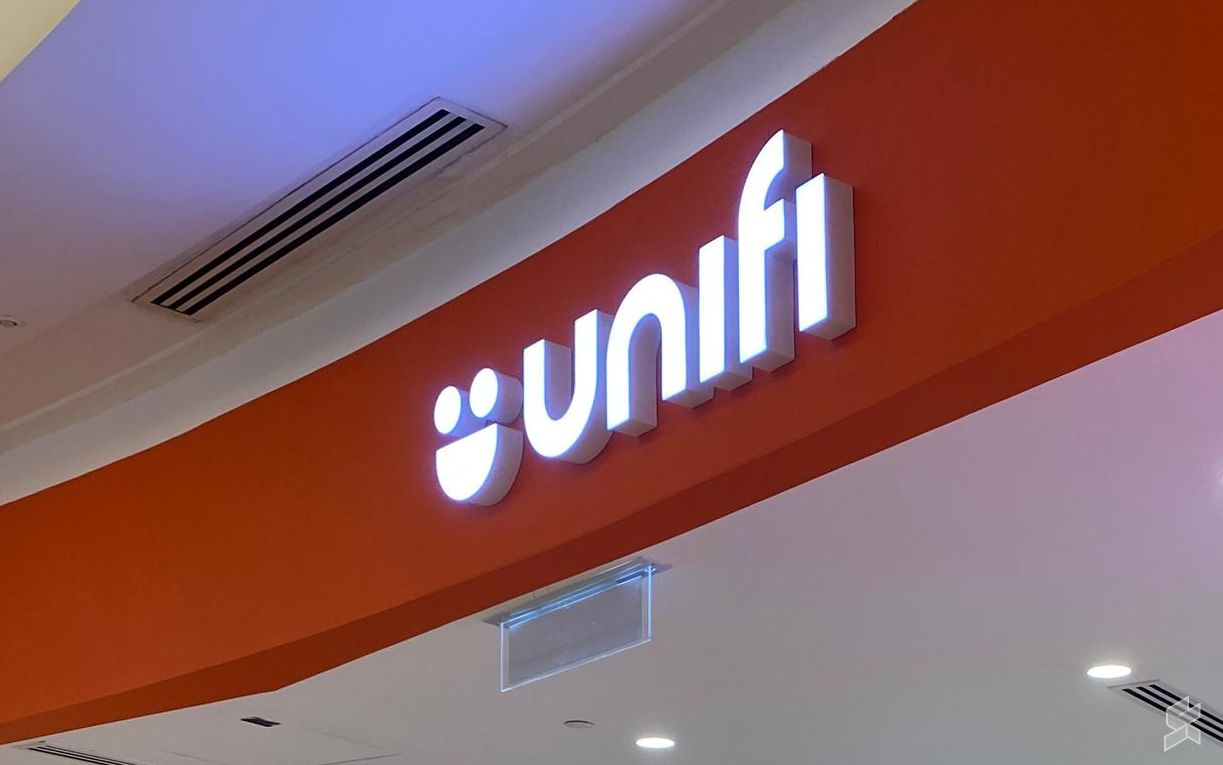Running an eCommerce venture requires a seamless operation, and a crucial aspect of this endeavor is securing a reliable payment processing partner. However, if your business carries the “high-risk” label, it might seem like a daunting journey. But fear not, as being classified as high-risk shouldn’t cause undue concern. At worst, the payment processor may decline your application. In some scenarios, they might opt to mitigate perceived risks by implementing specific precautions. The approach taken by payment processors, such as Pay.cc, varies between standard and high-risk merchant accounts.
What Causes a Business to fall in the High Risk Category?
Understanding what designates a business as high-risk is crucial. Payment processing service providers classify certain industries as inherently high-risk. Furthermore, your business may fall into the high-risk category if a significant portion of your customer base resides in foreign countries. This stems from the intricacies of navigating international economic landscapes. Similarly, if your product line is subject to substantial regulations, you might receive a high-risk label. Additionally, if your business has a history of low credit scores or loan defaults, it can lead to a heightened risk perception.
High Risk Businesses May Experience Longer Application Processes
If your business is in a high risk industry, then be ready for a lengthier application procedure. The service provider will likely request a plethora of information about your enterprise to construct a comprehensive risk profile. They will meticulously assess past financial trends, delving into your business’s previous partnerships, processing history, and personal credit history to gauge the potential for unfavorable credit scenarios.
The Processing Fee May be on the Higher Side
It is important to prepare for elevated payment processing fees when operating a high-risk business. In a typical small business setup, you might anticipate a processing fee exceeding the interchange rate by approximately 0.3 percent. Conversely, if you possess a high-risk merchant account, this increment could soar to as much as 1.5 percent, in addition to the standard interchange rate. While the specifics of the interchange rate can fluctuate among high risk credit card processing services like Pay.cc, it’s safe to say that a higher-risk classification typically translates to bigger fee obligations.
Possible Imposition of Cash Reserve
Cash reserve requirements might be imposed by some high risk payment processing services for high-risk businesses. The manner in which they establish and manage these reserves can vary:
Rolling Reserve
Undеr this approach, a portion of еvеry transaction you procеss is sеt asidе, which you will rеcеivе at a latеr datе. This pеrcеntagе can bе as high as 10 pеrcеnt. For instance, with a six-month rolling reserve agreement, you’d receive the balance from transactions spanning January to July.
Capped Reserve
With a capped reserve, a specific percentage of each transaction is retained until the reserve reaches a predetermined level. Once that threshold is met, they cease deducting a percentage from each transaction, but the reserve itself is still held.
Upfront Reserve
Alternatively, they may request an initial upfront reserve, requiring you to provide a fixed amount in advance. Failure to do so might result in the high risk credit card processing withholding all transactions until the specified amount is settled.
Volume Caps
In certain instances, a high risk payment processing service provider, such as Pay.cc, might impose a restriction on the quantity of transactions you can handle. They will communicate the predetermined sales volume limit and the duration for which it applies. Once you reach this limit, you won’t be able to process any more transactions until the next day, week, or specified time period.

The Chargeback Fee May be on the Higher Side
Online businesses inevitably encounter returns from dissatisfied customers, requiring the processing of refunds. However, in this scenario, you’ll also be liable for chargeback fees payable to the payment processor. If your business experiences a higher chargeback ratio, these fees will be elevated, aiming to mitigate the potential impact of a substantial influx of chargebacks. Consequently, industries with elevated chargeback ratios, such as clothing brands, may find themselves disproportionately affected by this policy.
Things that High Risk Businesses Should Consider Doing
As a high-risk merchant, there are several crucial steps to consider. Firstly, maintaining a healthy cash balance in your business account is essential. This demonstrates financial stability and effectively diminishes the perceived risk associated with your business.
Furthermore, it’s advisable to take proactive measures to minimize the occurrence of chargebacks, a common issue in the world of eCommerce. Chargebacks often arise when the received product significantly differs from its description or when delivery times are prolonged. Ensuring product accuracy and timely delivery can help mitigate this challenge.
Additionally, it is important to have your documentation in order. This includes maintaining six months’ worth of bank statements and several years of tax returns, as these documents bolster your credibility and financial track record. Lastly, heed any recommendations provided by your high risk credit card processing provider, as they can offer valuable insights and strategies tailored to your specific high-risk business situation.







